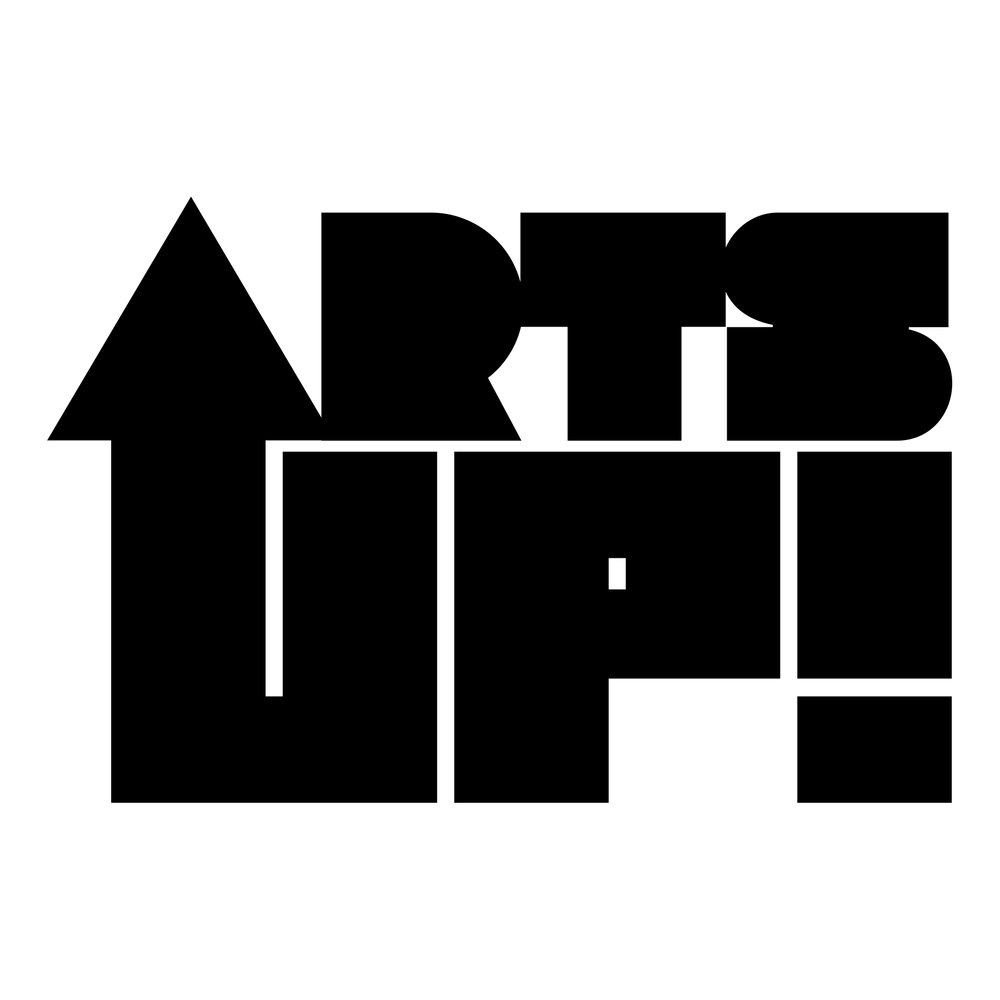Studio A+H is a New York based architecture and design office founded by Danish architect Jens Holm and American architect Matthias Altwicker.
The office is comprised of a group of architects and designers who work within the fields of art, architecture and urbanism. Our work reflects continuous research of contemporary architectural, political and programmatic issues with the aim of creating new and compelling architectural typologies.
We believe that solving any design challenge is best achieved by an open and inclusive design process. Our past collaborations include developers, engineers, environmentalists, artists, writers, museum directors and fashion designers to name a few. Through these collaborations we broaden our understanding of the opportunities presented by any given design challenge which in turn allows us to design projects that integrate effortlessly into its natural context.
Studio A+H is LEED certified. Through our projects we have found that choosing the right combination of green technologies and materials is good for both the bottom line as well as for the people that ultimately occupies our projects.
The principals of Studio A+H has been nominated for an array prizes, including Harvard University’s prestigious Wheelwright Prize as well as for the Urban Fellowship at Design Trust for Public Space in New York City.
The work of Studio A+H has been published and recognized globally, been exhibited at the MoMA and MAD museums and at the Venice Architectural Biennale in Venice, Italy and been a finalist in 2013 and 2014 for at the World Architecture Festival in Singapore.
“YOU ARE NOT ALONE”
Location: Fort Lauderdale, FL
Type: Commission
Size: 6080 SF / 565 M2
Program: Installation
Client: ArtsUp! Concepts
Budget: N/A
Status: 2019
At the center of the gallery a single, floating object.
When approached it engages. A dialogue between object and observer begins, a conversation based on pauses and movement that alters the space they both occupy.
You Are Not Alone focuses on the relationships that exist all around us, emphasizing the need for conversation and interaction in our daily lives. Only by participation will a dialogue occur: without one, the other does not exist.
In daytime, the flood of natural light through the clerestory windows backlights the object, heightening its mass. At nighttime, or for events, the surface of the object is lit, and can be used alternately as a projection surface or backstage.
During installation hours, the object moves in relationship to a sensor-based pattern responding to visitor movements. At other times, in conjunction with events, it can be locked in a fixed postion or operate on a pre-programmed sequence that responds directly to the specific programming happening in the space. A tracing of the object is fixed on the floor at the resting position of the object.
The flexibility of the object encourages other artists to create works that can interact with the installation.
The object is a disc 50’ in diameter and constructed with a light gauge steel frame, clad with a lightweight, textured material still to be detemined. Options for this are concrete, black rubber and mirrored cladding. The 50’ circle on the floor is traced in white reflective paint.
The object is suspended from the ceiling of the gallery with 8 cables connected to electric motors that are controlled from a central server which controls the movement. The operation of the motors, and thus the position of the object, is determined by programmed positional sequences that are either preset or responsive to sensors located at both the floor and roof level of the gallery. Additional lighting at the floor level can be also be pre-programmed or responsive, creating many options for a dynamic experience.
















